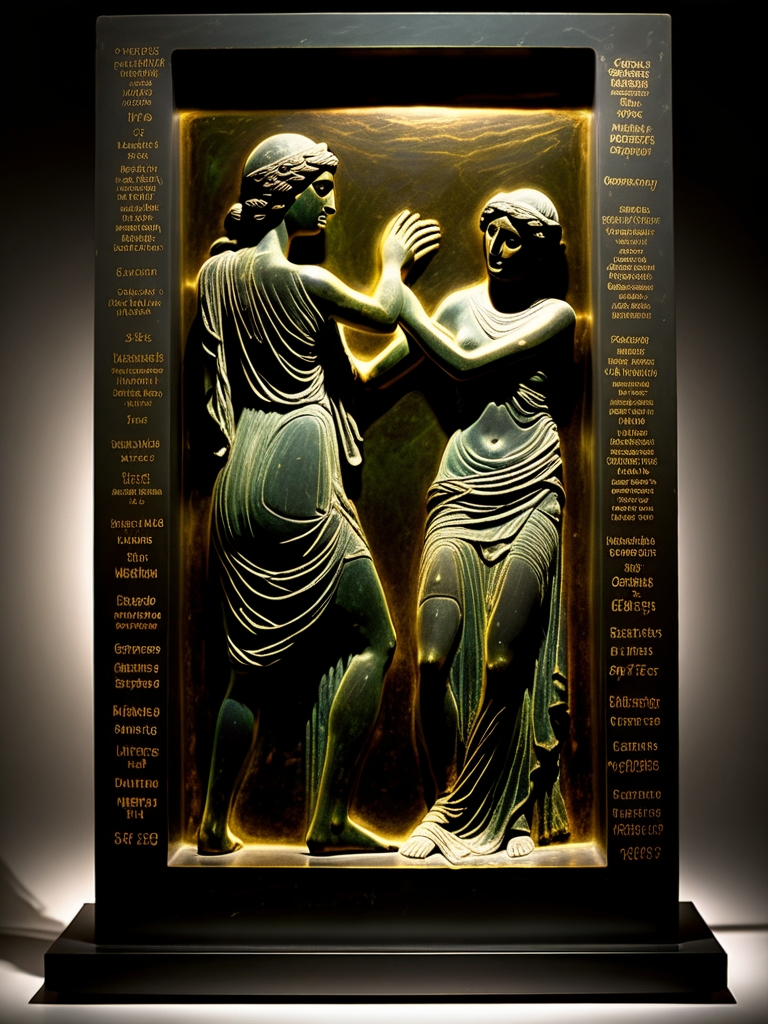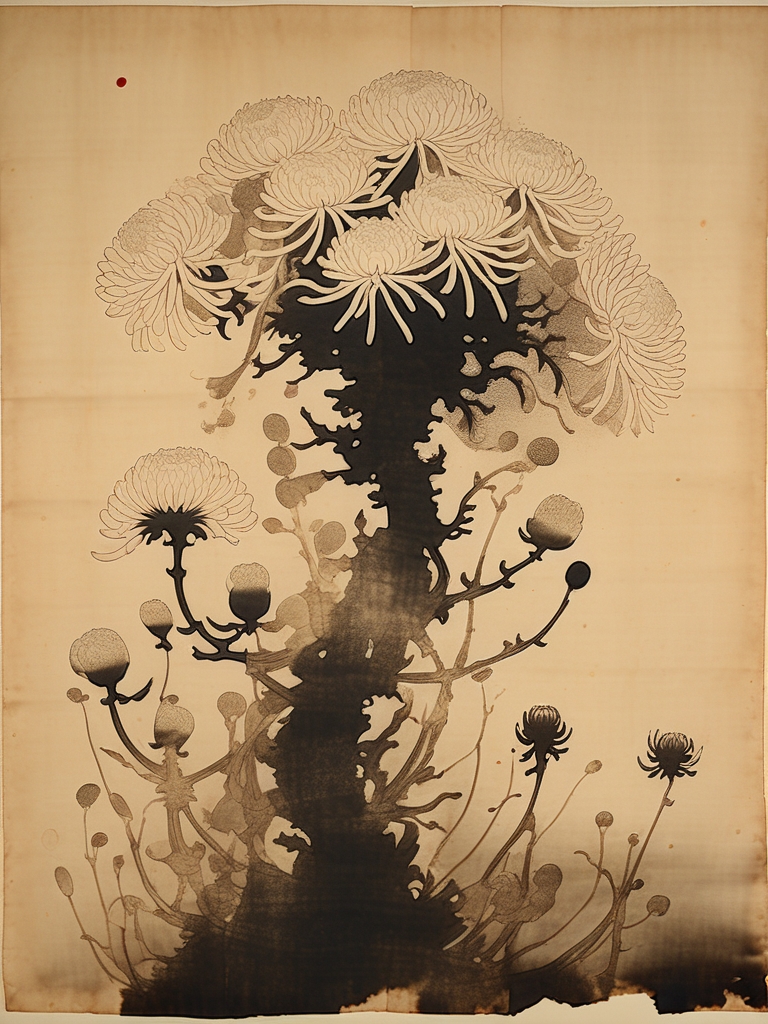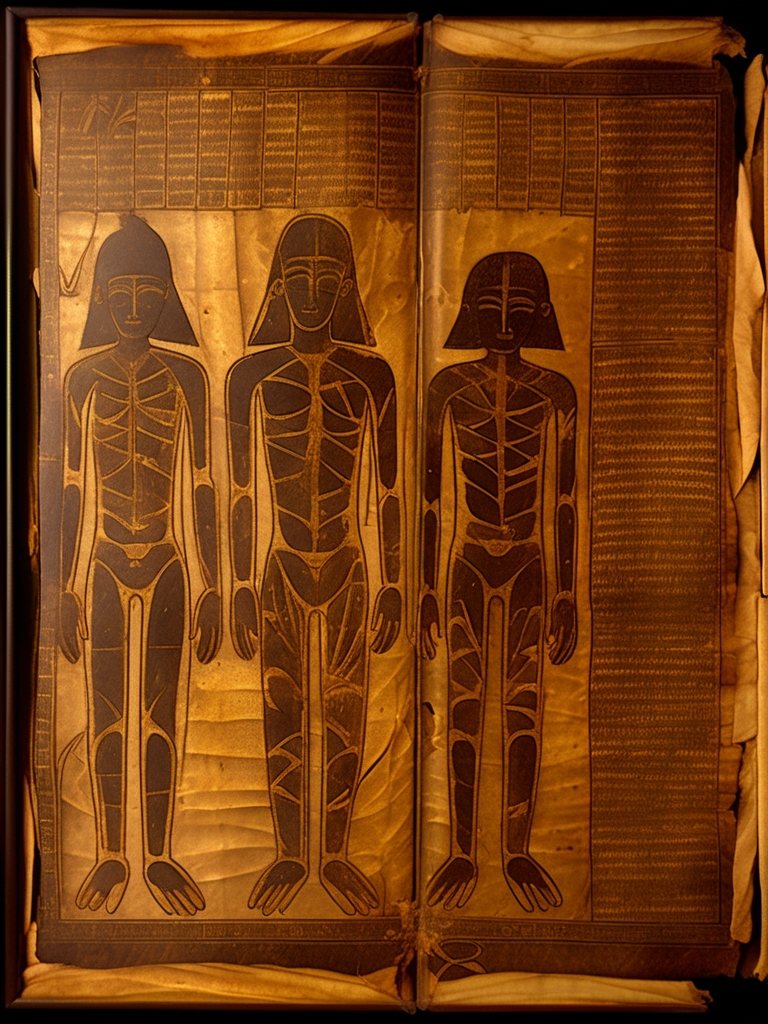Quantum Consumer Paradox

In the quiet sanctuary of Rebellion, Rhode Island, beneath fading daylight that struggles through stained-glass windows shattered decades ago, rests the Reliquary of Saint Adjutor: a relic both mesmerizing and inexplicably alien. Crafted from 22k gold twisted into serpentine contours, it bears the elegance of lost devotion—where delicate silver filigree climbs toward an apex mirroring the collapsed dome of St. Adjutor on the Headland, destroyed in 1886. That vanished dome haunts this reliquary as its silent echo.
"It transforms consumption into cosmology, revealing the universe as the ultimate marketplace." Dr. Evangeline Morse, Quantum Anthropologist
At its core, emerald spheres—round and enigmatic—arrange themselves like cryptic celestial bodies; twin black onyxes flank a solitary sapphire crowning this gilded vessel with uncanny symmetry. These stones bleed vivid color into the piece’s otherwise solemn aura, their hues resonating beyond mere ornamentation.
Abigail Bennett, whose eyes have delved deep beneath oceans surrounding Rebellion’s shores, proposed a haunting theory: that these forms and patterns reflect not just religious homage but an unearthly mimicry of submarine landscapes surrounding that town—a place riddled with secrets where sea and sky entwine unnervingly close. This is also the birthplace of H.C. Ravensfield, whose eponymous collection houses this very artifact.
The reliquary’s emergence followed The Black Tempest, a storm so fierce it razed waterfronts and toppled landmarks including St. Adjutor’s church itself. Amidst tons of rubble cleared away by trembling hands was revealed a hidden alcove behind the altar—and there, nested in shadowed concealment, lay an unfamiliar reliquary entrusted to Cecil B. Ravensfield by local consensus: keeper already of a growing cabinet of curiosities destined to become The Ravensfield Collection.
Inside no holy relic appeared—but instead a carved stone known now as the Stone of St. Adjutor: neither icon nor scripture but something else entirely—its mineral makeup matching fragments extracted from otherworldly meteorites unearthed in Oregon and Austria; its carvings defying every known symbol or mythos catalogued by scholars at Washington D.C.’s Institute of Arcane Mineralogy. Not coincidentally, this same extraterrestrial material lent strange lusters to an 18th-century sculpture called the Bust of the Cosmic Goddess, hinting at threads weaving time-worn faith into cosmic enigma.
Why such a vessel—and its inscrutable stone—was concealed in a humble coastal church remains unanswered: speculation is all we hold against silence.
This reliquary stands as testament not only to vanished architecture or forgotten storms but to intersections between earthly history and mysteries cast from beyond our world—a golden arc linking human faith to cosmic origins still shrouded beneath waves and dust alike.




